Mortars of the Russian army. Today and tomorrow
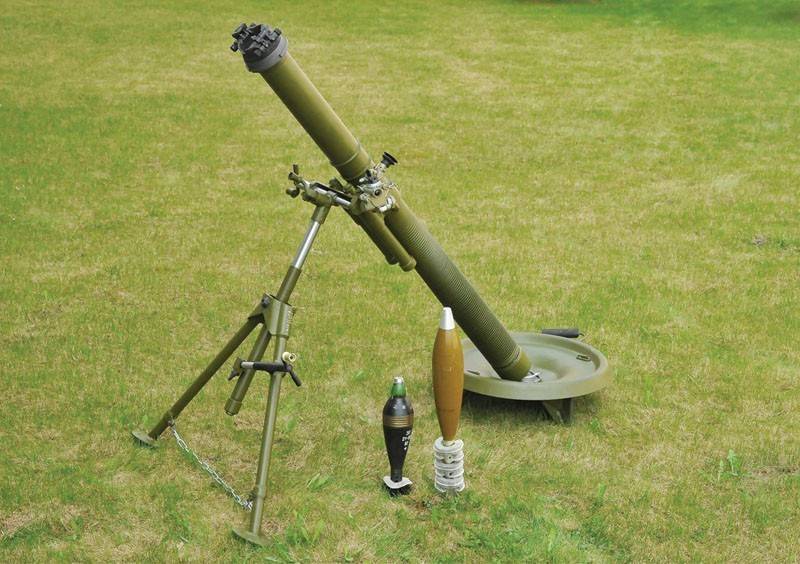
Since the thirties, a variety of mortars have been the most important component of the artillery weapons system of our armed forces. In service there is a large number of such systems of different types and in different calibers. At the same time, the development of the direction does not stop, and in the future the army may receive completely new models.
Main factors
Currently, there are three caliber mortars in service - 82, 120 and 240 mm. Previously, systems of other calibers existed, but they were abandoned. Depending on the needs of the troops, the caliber and characteristics of operation, such weapon can be carried out in a transportable, portable, towed or self-propelled form. Also, the tasks of mortars can be effectively solved by samples of the "gun-shot" system.
Ground forces, airborne forces and marines have mortars. The specifics of the service and the tasks to be solved determine the range of their weapons. So, in the ground forces there is a whole range of mortars, up to the most powerful self-propelled 240-mm systems, and in the Airborne Forces, due to objective limitations, calibers do not exceed 120 mm.
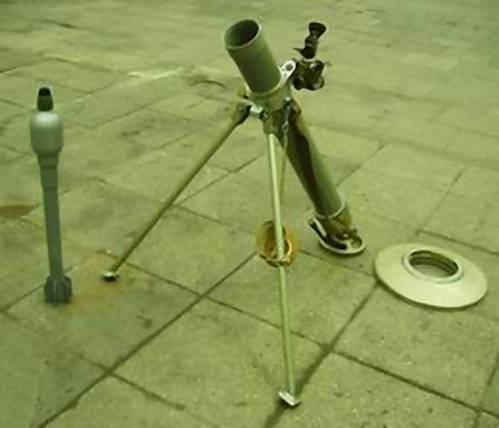
According to open data, the total number of mortars in the troops reaches several thousand. Thus, the authors of The Military Balance 2021 reference book counted at least 1540 "active" mortars and about 2600 units. in storage. At the same time, there is reason to believe that the reference book does not fully reflect the real state of affairs, and the actual figures are higher.
In large quantities
The most popular are 82 mm mortars. The main product of this class is the portable 2B14 "Tray". The army has at least 950 such mortars. They are used both in their original design and in combination with various vehicles capable of carrying weapons with crew and ammunition. Also in caliber 82 mm is the automatic mortar 2B9 "Vasilek". The exact number of such weapons is unknown. The firing range of the 82-mm "Tray" and "Vasilka" reaches 4-4,2 km.
In 2011, a special mortar 2B25 "Gall" was presented for the first time. This is an 82-mm system for a special mine 3VO35E, using the principle of locking powder gases. Due to this, a shot from the "Gall" produces minimal noise. It was reported about the launch of mass production, but other details were not reported. Presumably, 2B25 was adopted by the special forces.
The basis of the class of 120-mm mortars is the product 2B11, which has been in service since the beginning of the eighties. This mortar is equipped with a removable wheel drive, with which it can be towed by various tractors. Also 2B11 is used as part of mortar complexes 2S12 "Sani". In this case, the mortar is towed or transported in the back of a truck. In 2007, a new 120-mm mortar 2B23 "Nona-M1" in a towed version entered service. The maximum firing range for products 2B11 and 2B23 reaches 7,1-7,2 km.
According to The Military Balance 2021, there are 700 Sani complexes in the ground forces. The exact number of 2B11 mortars used in a different configuration is unknown. The number of mortars 2B23, according to various sources, does not exceed 50-60 units. Also, there are about 1 2C12 complexes in storage. In addition, it is reported that older 120-mm systems are still in reserve, up to the earliest regimental mortar mod. 1938 (PM-38).
In the past, the 160 mm caliber was present in the mortar system. Later it was abandoned, but there is still approx. 300 items M-160 arr. 1949 g.
The most powerful mortar of the Russian army is the 240-mm product 2B8 or M-240, used as part of the 2S4 "Tulip" self-propelled complex. The active fleet of such equipment reaches 40 units. At the storage bases there is still approx. 390 cars. Currently, a program is underway to modernize such self-propelled guns in order to improve their combat qualities. The 2S4 can use a wide range of ammunition with a maximum firing range of up to 20 km.
The functional analogue of 120-mm mortars is the gun-shot system - 2S9 Nona-S and modifications, 2S31 Vena and 2S34 Khosta. The 2A51 and 2A80 guns are capable of using mortar mines and fire at high elevation angles for a range of up to 7-8 km. The presence of advanced fire control facilities provides an effective solution to combat missions. The total number of such equipment is approx. 500 units Several hundred cars are in storage.
Perspective development
The development of the mortar direction continues, and in the near future the army will be able to obtain new models of weapons and equipment. The main contribution to these processes will be made by the development work "Sketch", within the framework of which several new artillery systems have been developed.
ROC "Sketch" provides for the construction of self-propelled guns on different chassis, providing high mobility and mobility. These machines are equipped with modern weapons. At the same time, it is proposed to use modern communication, navigation and fire control systems to obtain the highest possible accuracy and accuracy characteristics.
The 2S41 "Drok" self-propelled mortar was brought to testing. It is made on a biaxial Typhoon chassis and is equipped with a turret mount for an 82-mm barrel. If necessary, the mortar can be removed from the tower and used with a two-legged and base plate in a portable or transportable configuration.
Two more promising projects, 2S40 "Phlox" and 2S42 "Lotos", propose the development of the idea of a cannon-howitzer-mortar. These combat vehicles are carried out on different chassis and are equipped with 120-mm guns, developed on the basis of the ideas of the 2A51 and 2A80 projects. They can perform the tasks of mortars, but at the same time they get the ability to fire direct fire using different ammunition.
Self-propelled systems of the Sketch series are intended for ground forces and airborne forces. While they remain at the stage of testing, which should be completed in the coming years. Accordingly, in the foreseeable future, mass production will start and deliveries to the troops will begin. It is expected that the Drok products will complement or replace the portable 82-mm systems, and the Lotos and Phlox will take over part of the tasks of the Nona-S and other similar equipment.
Component development
The design of the mortar itself reached its perfection several decades ago, and its further improvement is impossible or impractical. However, there are other ways to improve the characteristics of the mortar complex, providing for the improvement of other components.
A characteristic drawback of mortars in general is their relatively low accuracy, which limits the effectiveness of firing at small or moving targets. The accuracy problem can be solved with guided munitions. So, since the beginning of the eighties, the 1K113 "Daredevil" complex with a 240-mm guided mine, designed for "Tulip", has been in service. In recent years, the Gran 'system has been regularly demonstrated at exhibitions, which is compatible with the entire range of 120-mm mortars. There are other developments in the field of controlled mines.
Accuracy and other characteristics also depend on the fire controls. On modern mortar systems, such as the 2S41 or 2S4 in the modernized version, current digital navigation and data generation tools are used for firing. Additionally, the characteristics are improved by mechanizing the guidance processes.
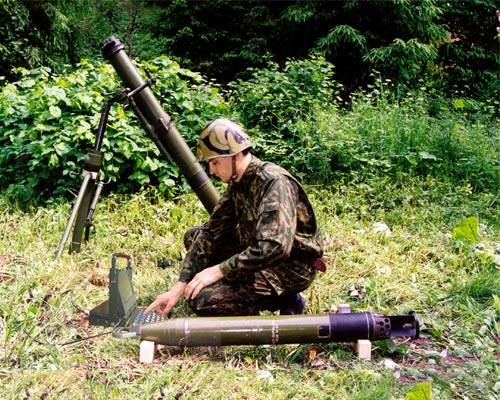
Finally, much attention is paid to artillery control facilities. Automated control systems are being introduced to collect and process data with the subsequent issuance of target designation for fire weapons. Data transmission to the unit commander's terminal or directly to the complex's control system significantly speeds up preparation for firing and improves firing results.
Today and tomorrow
Thus, mortars occupy an important place in the nomenclature of weapons in our army and are unlikely to ever free it. The units have a large number of mortars in different designs and different calibers, which makes it possible to solve a wide range of combat missions with high efficiency.
At the moment, the overwhelming majority of mortars of the Russian army were developed and / or manufactured during the Soviet era. The number of newer types and samples is still limited, but is gradually increasing. In addition, new products should enter service in the near future. Due to the beneficial combination of old proven solutions and modern technologies, they will show higher performance and become an effective addition to existing weapons. All this will have a positive effect on artillery in general.
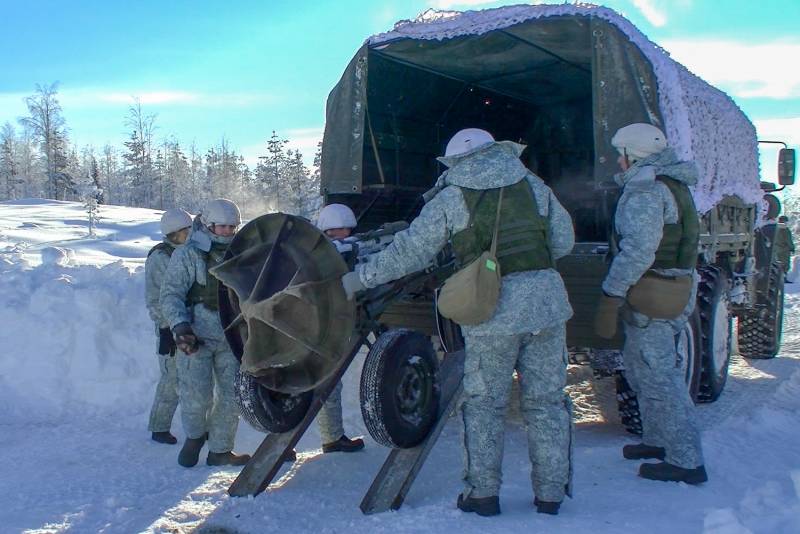
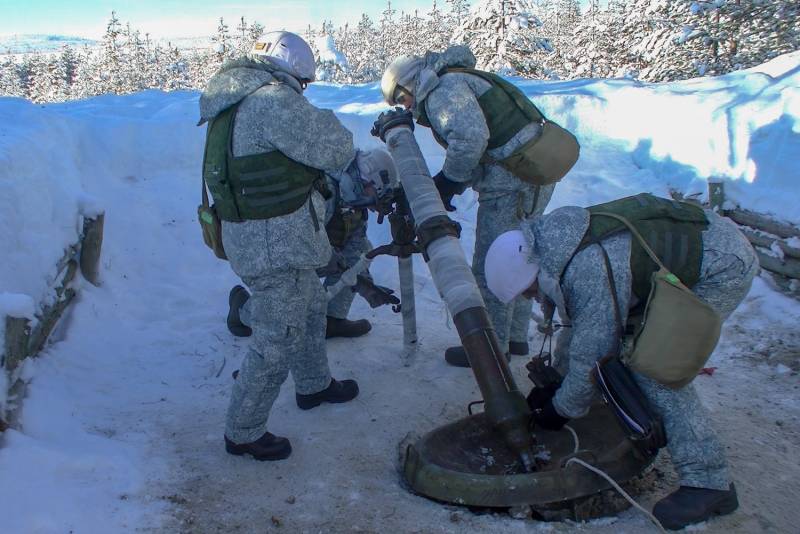
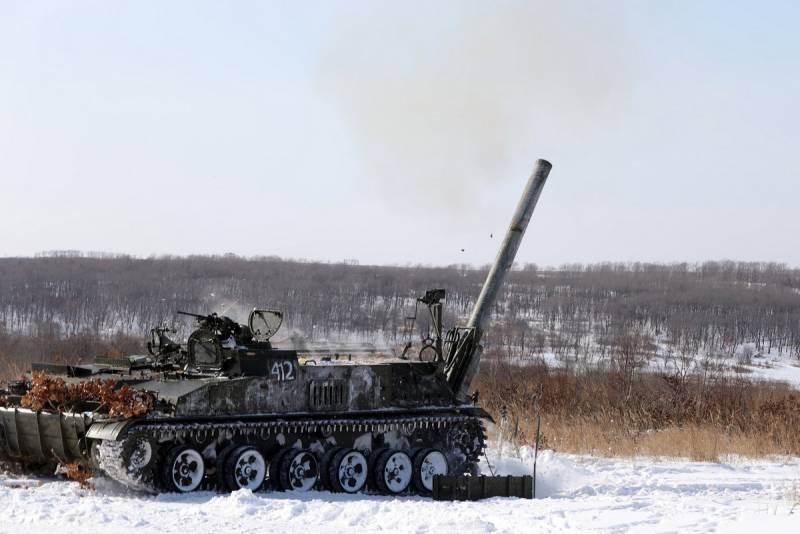
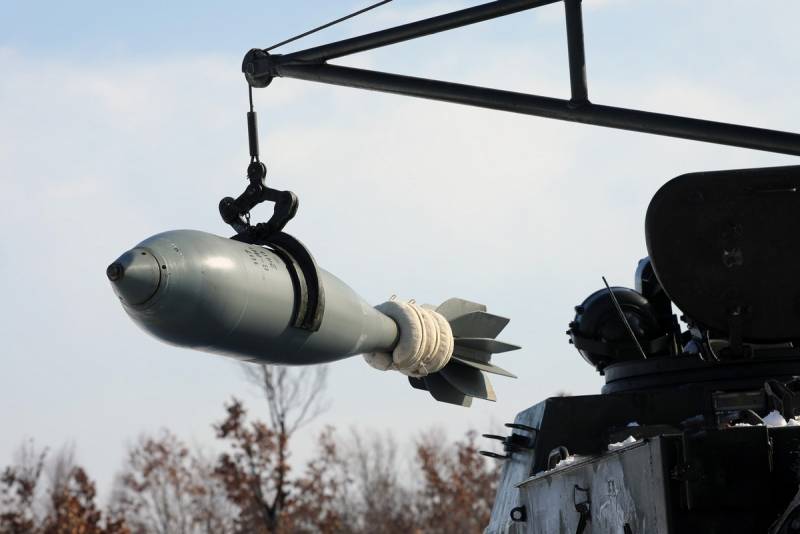
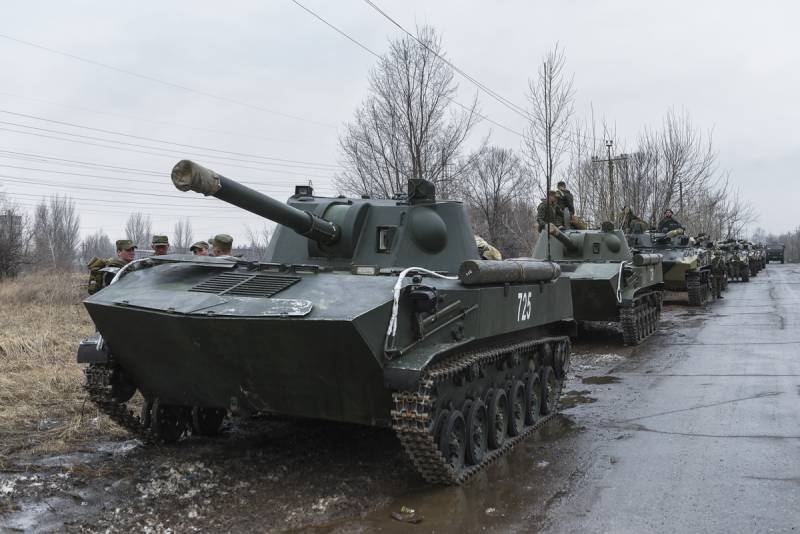
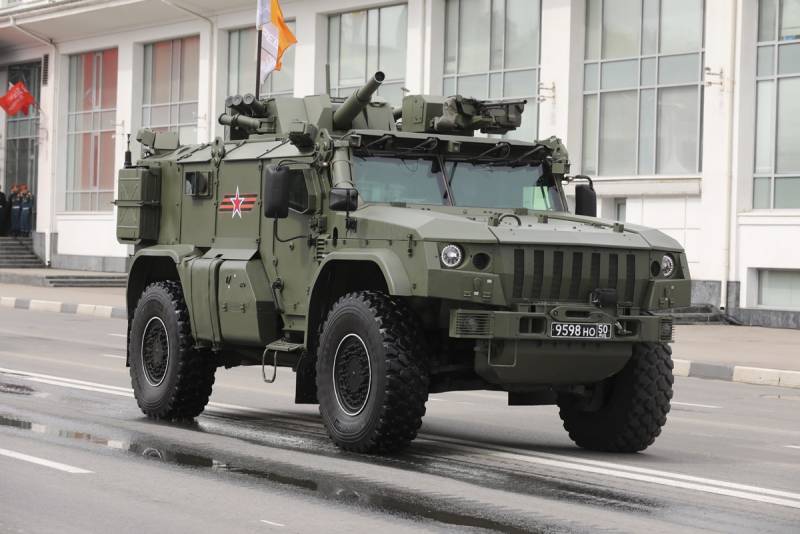
Information